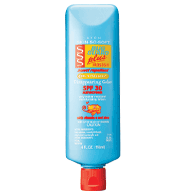I have used the Avon Skin So Soft the last few years and it has worked great for me. I put lots on my face, ears and neck.
But wear long sleeves and covered legs.
Also for my hands I take latex gloves and cut out the fingers and wear them, without that I have had them target the hand "ouch" and leaves red marks.





 Reply With Quote
Reply With Quote
 Cranky Old Bassturd.
Cranky Old Bassturd.




